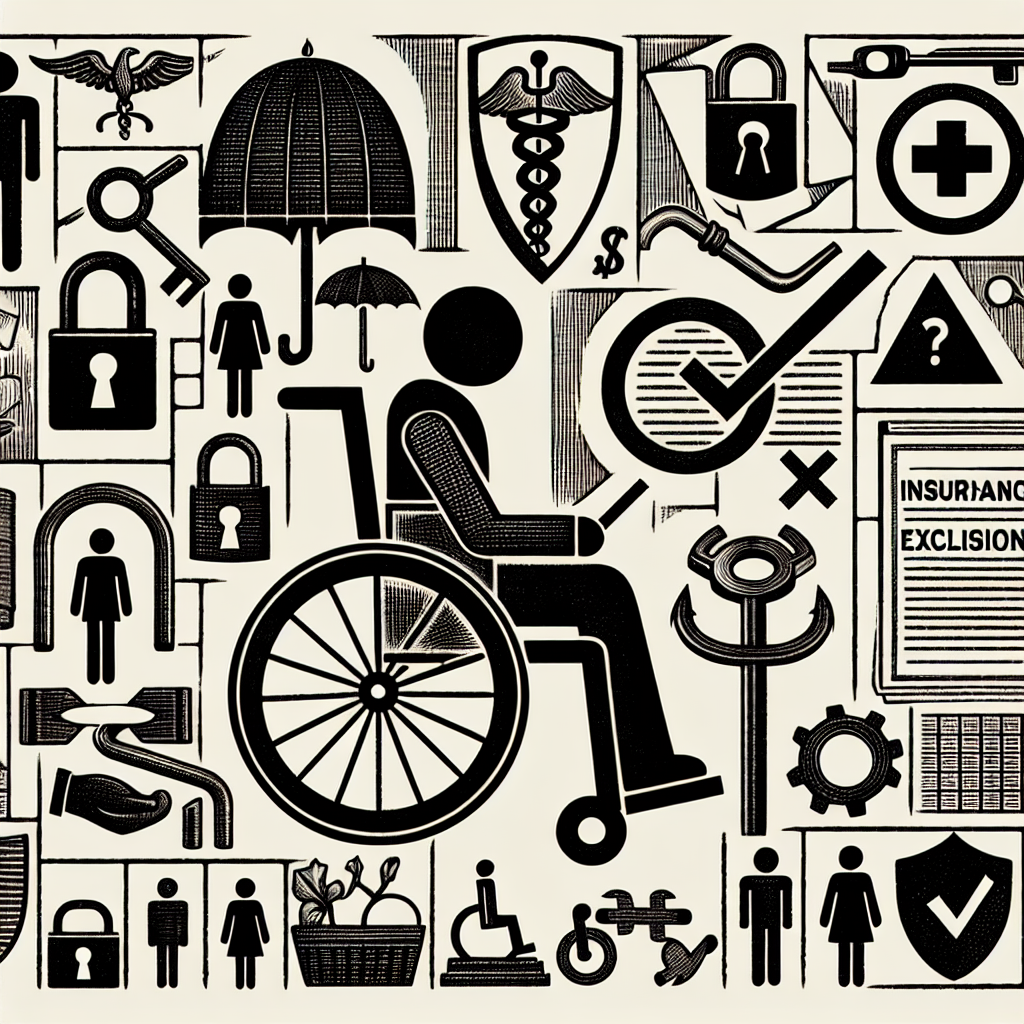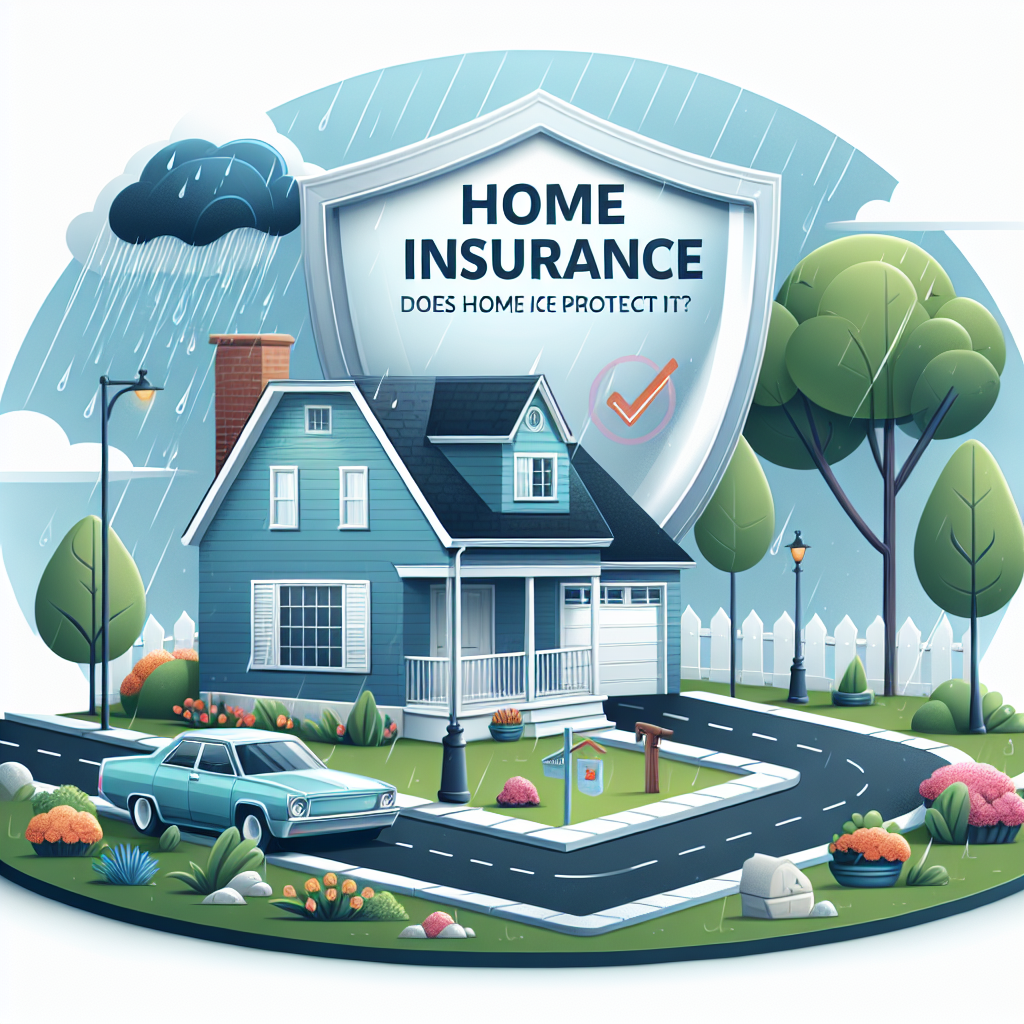Filed under Home Insurance on
Understanding Home Insurance for Pre-Existing Conditions

Home insurance is a crucial aspect of homeownership, providing peace of mind that your investment is protected from unforeseen events. However, understanding home insurance, especially when it involves pre-existing conditions, can be a daunting task. It is essential to know how these conditions impact your insurance policy and what steps you can take to ensure comprehensive coverage. This guide aims to demystify home insurance for pre-existing conditions, offering insights into industry trends and expert opinions to help you make informed decisions.
What are Pre-Existing Conditions in Home Insurance?
In the realm of home insurance, "pre-existing conditions" refer to any damage or structural issues that exist before your insurance policy starts. These could include cracks in the foundation, roof leaks, outdated electrical systems, or any other damage to the property that was present before the initiation of the insurance policy. Insurers typically assess the risk associated with these conditions during a pre-coverage inspection, which helps them determine the terms and premiums of your policy.
How Pre-Existing Conditions Affect Home Insurance Coverage
Pre-existing conditions can significantly impact home insurance coverage. Insurers often exclude these conditions from coverage, meaning if you claim future damage related to these issues, you may not receive a payout. This exclusion is because insurers view these conditions as pre-eminent risks that should have been addressed by the homeowner beforehand. Understanding home insurance involves recognizing how these exclusions affect your financial protection.
Identification of Pre-Existing Conditions
The identification of pre-existing conditions typically occurs during the insurance underwriting process. When you apply for home insurance, the insurer conducts a thorough assessment of your property. This might include a physical inspection or a review of the property’s history. They look for signs of existing wear and tear, structural integrity, and overall maintenance to identify any conditions that could pose a risk for future claims.
Addressing Pre-Existing Conditions
Addressing pre-existing conditions before obtaining or renewing your home insurance policy is critical. Here are some steps to consider:
- Conduct a Home Inspection: Hire a professional to perform a detailed inspection of your property. This step will uncover any issues that need immediate attention, allowing you to take corrective measures.
- Document Everything: Keep records of any repairs or maintenance performed. This documentation can be crucial during policy negotiations to prove that issues have been resolved.
- Prioritize Repairs: Fix the most critical conditions first, particularly those related to safety or major structural damage. Addressing these issues can help you negotiate better terms with your insurer.
- Consult with Your Insurer: Engage in dialogue with your insurance company to understand how they define and handle pre-existing conditions. This transparency can help you tailor your home improvement efforts accordingly.
Industry Trends in Home Insurance
Understanding home insurance involves staying up-to-date with industry trends that may influence coverage policies and premiums. Recent trends indicate a shift towards more personalized insurance products and the integration of technology in risk assessment.
Technological Advancements
Modern home insurance companies are increasingly utilizing advanced technology to assess risks more accurately. For instance, drone technology and AI-powered tools enable insurers to perform comprehensive property assessments remotely, identifying potential pre-existing conditions more efficiently.
Customized Insurance Solutions
Many insurers now offer personalized insurance solutions tailored to specific homeowner needs. By closely examining and addressing pre-existing conditions, homeowners may negotiate customized policies that better align with their coverage necessities and financial capabilities.
Expert Opinions on Managing Pre-Existing Conditions
Experts emphasize the importance of proactive management when it comes to pre-existing conditions in home insurance. John Riley, a leading insurance consultant, notes, “Homeowners who take a hands-on approach in resolving pre-existing conditions not only benefit from enhanced safety but also leverage their proactive measures during insurance negotiations, often resulting in more favorable policy terms.”
Financial advisors suggest budgeting for regular home maintenance to prevent minor issues from developing into significant problems, potentially reducing the number and scope of pre-existing conditions identified by insurers.
Understanding Policy Exclusions and Limitations
A comprehensive understanding of your home insurance policy's exclusions and limitations is vital. These specify what will and will not be covered, especially regarding pre-existing conditions. Frequently reviewing your policy helps ensure familiarity with these terms, preventing unpleasant surprises during claim filing.
Evaluating Your Insurance Options
Not all insurance companies are created equal. Comparing coverage options from different insurers can unveil competitive offers, especially for homeowners dealing with pre-existing conditions. Look for insurers known for accommodating unique homeowner circumstances or offering flexible repair-to-insure programs that facilitate condition remediation.
Strategies for Better Home Insurance with Pre-Existing Conditions
For homeowners facing the challenge of pre-existing conditions, implementing strategic steps can significantly enhance their insurance standing:
- Regular Maintenance: Regular upkeep reduces the likelihood of conditions escalating into more severe problems. Routine inspections and timely repairs are crucial.
- Insurance Negotiation: Approach your insurer with evidence of any improvements made to the property. This proactive stance may influence more favorable premium rates and coverage terms.
- Comprehensive Coverage Options: Explore additional coverage options such as endorsement policies that extend beyond standard exclusions to cover pre-existing conditions.
- Professional Consultation: Enlist the help of insurance professionals or brokers who specialize in navigating complex home insurance policies to enhance your overall coverage plan.
Final Thoughts
Understanding home insurance, particularly in the context of pre-existing conditions, is fundamental to protecting your home and financial future. By identifying potential conditions early and addressing them proactively, homeowners can ensure they receive the best possible coverage. Keep abreast of industry trends and leverage expert insights to navigate the nuanced world of home insurance effectively. With informed strategies and consistent home maintenance, homeowners can build a more resilient insurance profile that stands firm against unexpected challenges.





